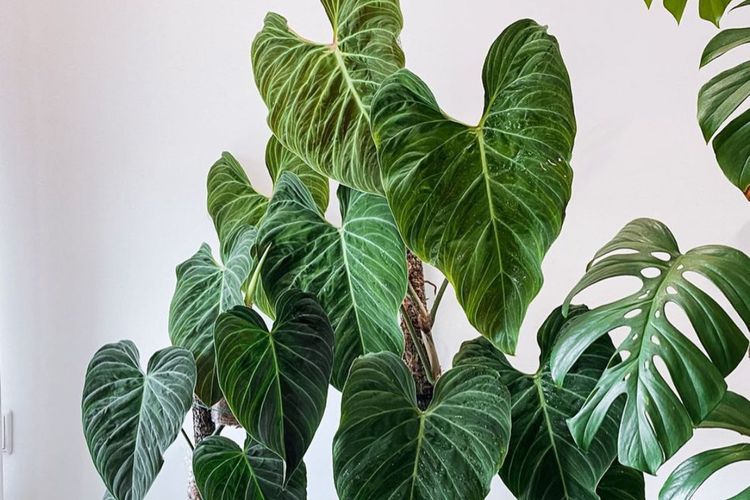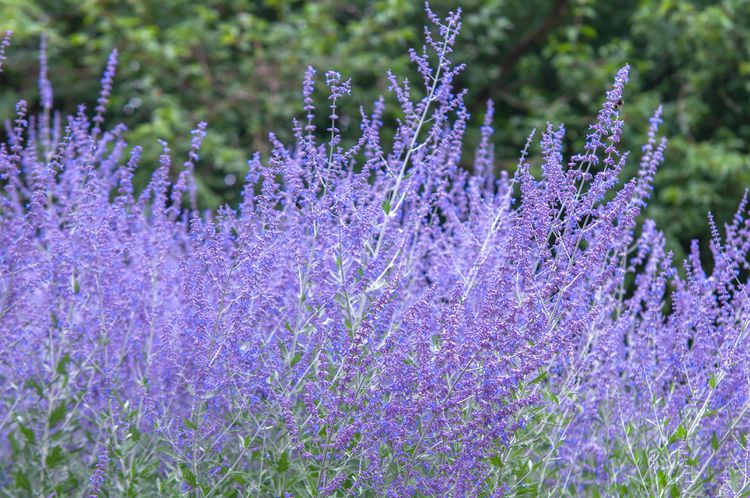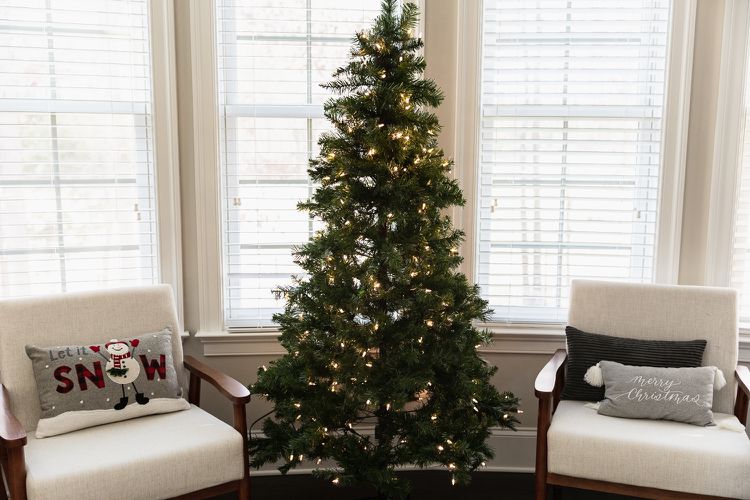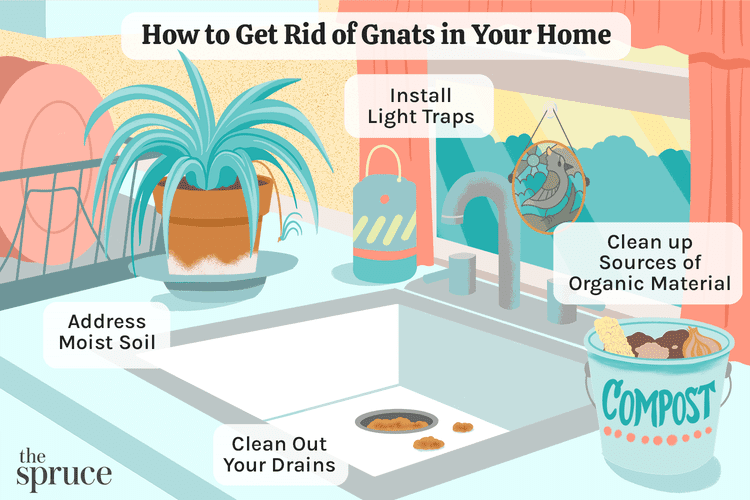
Gnats are frequently encountered indoor nuisances, particularly near houseplants. While they do not bite or transmit diseases, posing no threat to humans or pets, they can be bothersome when they swarm near your face, food, or living areas. Additionally, gnat larvae can harm plants. Their rapid reproduction makes it essential to act swiftly to eradicate them and prevent an infestation. So, what are the best methods to eliminate gnats from your home?
What exactly are gnats?
Gnats refer to a category of two-winged flying insects that can be either biting or non-biting. There are various species of gnats, along with numerous insect-like nuisances that can be confused with them. Identifying the specific type of gnat or pest is crucial for selecting the appropriate removal strategy. Common varieties of gnats that can be found indoors include:
Drain flies, also known as sink flies, are small, dark-colored insects commonly found in damp environments, particularly near drains and sewage systems. They are characterized by their fuzzy appearance and are often seen resting on walls or near sources of moisture. These flies are typically attracted to decaying organic matter, where they lay their eggs, and their presence can indicate plumbing issues or poor sanitation.
Drain flies, as their name suggests, are tiny insects measuring approximately 1/8 of an inch, often spotted near sink drains or floor drains. These bothersome flies flourish in damp areas where organic material is decomposing.
Drosophila Melanogaster
Fruit flies are typically spotted in the kitchen, particularly around decaying fruit or fermented products such as kombucha. These small, tan-grey insects with red eyes may occasionally appear in bathrooms as well.
Nipping midges
Frequently confused with mosquitoes, biting gnats inflict tiny, red, itchy bites on the skin. Measuring approximately 1/8 to 1/4 inch (4 to 7 mm) in length, these pests are commonly located near garbage cans, decomposing food, and other areas with damp, decaying organic material.
Fungal gnats
Fungus gnats, belonging to the Mycetophila genus, are commonly responsible for gnat problems indoors. These small, non-biting insects typically measure between 1/8 and 1/4 inch in length and can appear in shades of brown, black, or yellow. In outdoor settings, they thrive in cool, damp areas and are most active during the summer months. This preference for moist environments makes indoor houseplants, which offer a consistent food source and breeding ground, particularly appealing to them. Additionally, keep an eye out for these pests as they can often be seen near light fixtures and windows.
Midges
Midges are tiny insects characterized by their elongated, feathery antennae. They are somewhat larger than gnats and are commonly found outdoors, although they can occasionally invade homes, particularly in the summer months. Generally, midges pose little threat, as they lack any mouthparts designed for sucking.
Mosquitoes
Mosquitoes, another type of outdoor nuisance, are larger than gnats and are known for their blood-feeding habits. They are drawn to light sources found around residential areas.
Tip
When you crush fungus gnats between your fingers, they emit a noticeable scent. If you manage to catch one and crush it, a potent, fungus-like smell will be released, indicating that you are likely encountering fungus gnats.
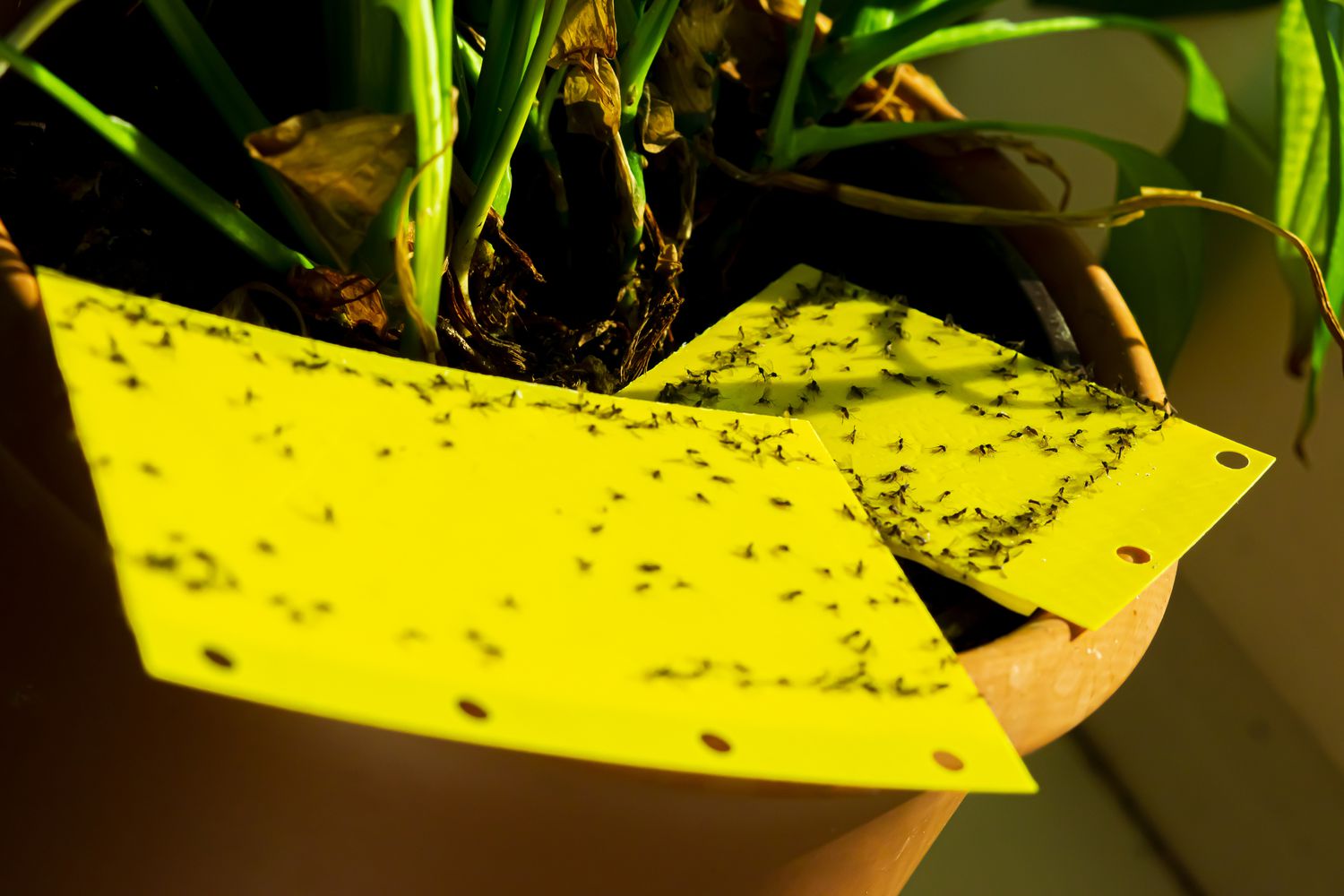
10 Effective Methods to Eliminate Gnats
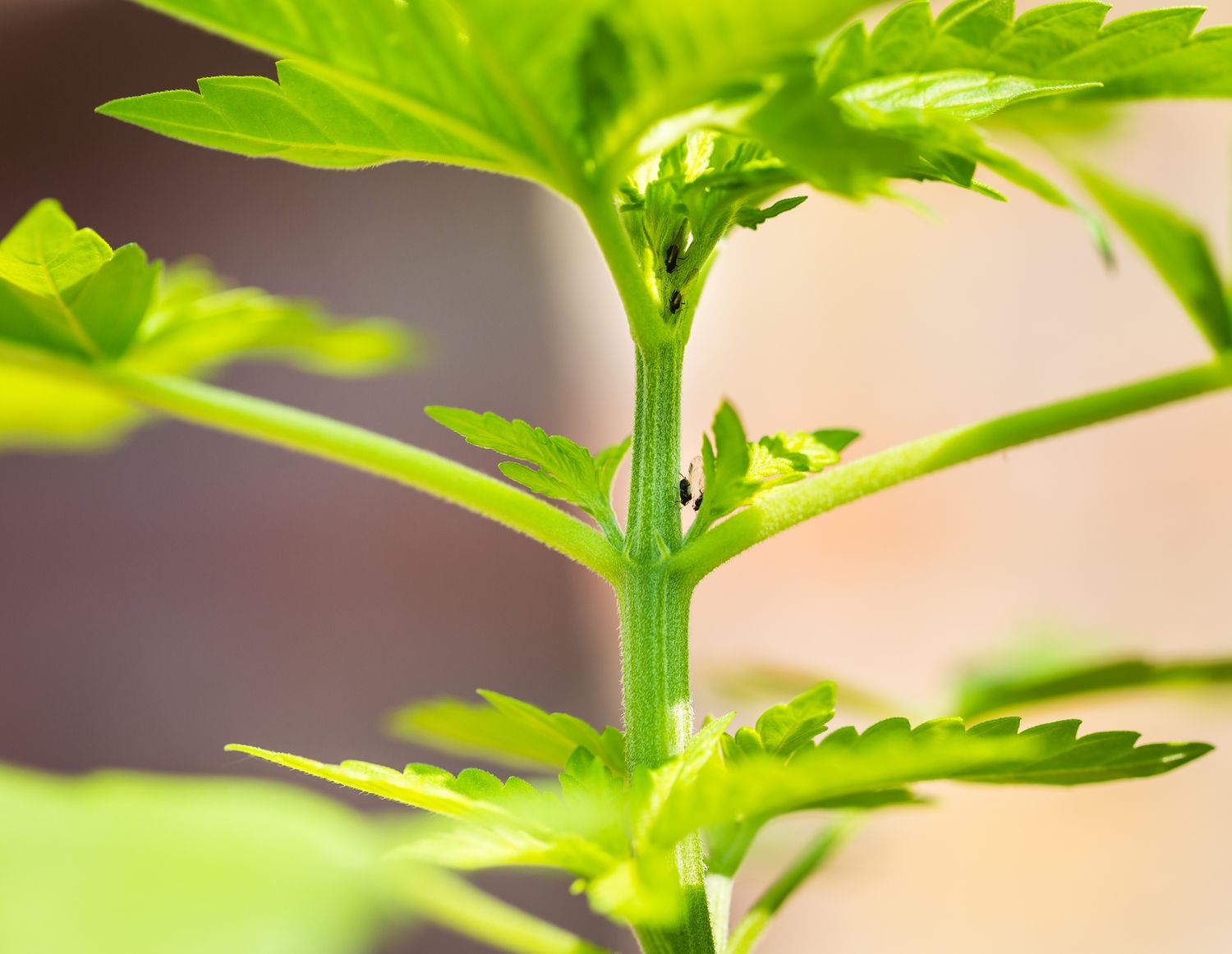
Tackle Damp Soil
Moist soil can draw in various pests. To prevent gnats and other insects, allow the soil in and around your home to dry out between watering sessions. Additionally, you can eliminate any larvae in your houseplants by digging 2 to 3 inches down and turning the top layer of soil. Afterward, let the soil dry and add 1 to 2 inches of sand on top to prevent standing water and discourage gnats from laying their eggs.
Tip
If your gnat problem stems from houseplants, eliminate any larvae present in the soil. Let the soil dry out to eradicate the larvae. To prevent standing water and discourage gnats from laying eggs, add a layer of 1 to 2 inches of sand on the soil’s surface.
Insect Zappers
Bug zappers can be set up both indoors and outdoors to deter gnats. Indoor light traps can assist in controlling the population of gnats and other bothersome pests within your home. Meanwhile, outdoor light traps can help stop gnats from entering your living space, provided they are more attractive and luminous to the pests outside than the indoor lights.
Pure Organic Substance
Gnats and various similar insects are drawn to decaying organic matter. This includes moist potting soil, decaying plant material, slimy buildup in drainage systems, and spoiled food in compost bins. To effectively manage a gnat problem, it’s essential to tackle these food sources. Avoid excessive watering of your soil, use a stiff brush and drain cleaner to thoroughly clean your drains, and make sure your compost bin is securely covered.
Tip
A dripping pipe can serve as a source of nourishment and hydration for gnats and various other insects. Consider unconventional solutions to identify potential attractants and address the issue at its source.
Vinegar Baits
Vinegar traps are a useful method for eliminating gnats in your living space. You can experiment with different variations of these traps. One option is to fill a jar or bowl with apple cider vinegar and add a drop of dish soap to ensure the gnats are trapped. Position the trap in a spot where gnats are frequently seen. Another approach is to combine vinegar (either apple cider or white) with some sugar in a bowl or jar, then cover it with plastic wrap. Poke small holes in the wrap to allow the gnats to enter, but not escape. If you have several areas with a gnat problem, feel free to set up multiple traps.
Drain Cleaning Solutions
To address the issue of drain flies, it’s essential to thoroughly clean the drains both by hand and with a disinfecting bleach solution. While using bleach or a drain cleaner may eliminate the adult flies, it won’t affect the larvae. To effectively remove the source of their food and breeding, it’s important to scrub the drain thoroughly with a strong cleaner and a stiff-bristled brush.
Adhesive Paper
Commercial sticky paper and traps function similarly to vinegar traps by luring and capturing gnats. They can be positioned both indoors and outdoors, particularly in locations where gnats tend to gather, such as kitchens or around potted plants.
Fruit Snare
If you have overripe fruit and lack vinegar, you can create a simple fruit trap for gnats. Put the fruit in a jar or bowl and seal it securely with plastic wrap. Use a sharp object to create small holes, allowing the gnats to enter while preventing their escape.
Wine Snare
Like other DIY traps, using spoiled wine can be quite effective. Simply pour wine that has gone bad into a container, such as a jar or bowl. You can either cover it with plastic wrap and make some holes or add a few drops of dish soap to enhance its effectiveness, allowing the trap to attract and capture the gnats.
Transplant Your Plants
Shield your plants from gnats by replanting them. Start by selecting a clean pot filled with fresh soil, avoiding the use of old soil to prevent the risk of larvae contamination. Carefully take the plant out of its current pot, gently removing as much soil as you can from the roots. Next, place the plant into the new pot, adding fresh soil as needed. Additionally, consider moving the plant to a different location, away from the area where gnats were previously present.
Minimize Irrigation
If you own houseplants, it’s important to avoid overwatering them, as this can provide a constant breeding and feeding ground for gnats and other insects within your home. Place them in a bright area to help them dry out. Cut back on how often you water to avoid soggy soil and overwatering issues.
To identify the type of small flying insect that has invaded your living space, begin by considering these questions:
- Where do you encounter them the most?
- What could be their source of nourishment?
- Where might they be discovering water?
Tiny flies and gnats that show up indoors are attracted to decaying organic material, which serves as both a food source and a breeding ground for them. To eliminate these pests, it’s important to tackle as many of these breeding sites as possible.
Tip
Obtain a complete sample or a clear image. The more detailed or zoomed-in it is, the more advantageous it will be. Identifying the subject can be challenging, but having a photograph will simplify the process of discovering the solution.
Ways to Keep Gnats Out of Your Home
To effectively manage gnats, the most effective approach is prevention. By eliminating their food sources or breeding areas, or ensuring they never have the chance to develop, the problem can be effectively addressed. Here are several tips to maintain a clean environment and deter gnats from invading your home:
- Store all food in sealed containers within cabinets or the refrigerator.
- Dispose of the garbage on a daily basis.
- Utilize a garbage bin that has a secure lid.
- Fix plumbing leaks.
- Close up gaps and fissures.
- Remove outdoor clutter that may retain moisture.
- Reduce the frequency of watering your houseplants.
- Regularly maintain your drains.
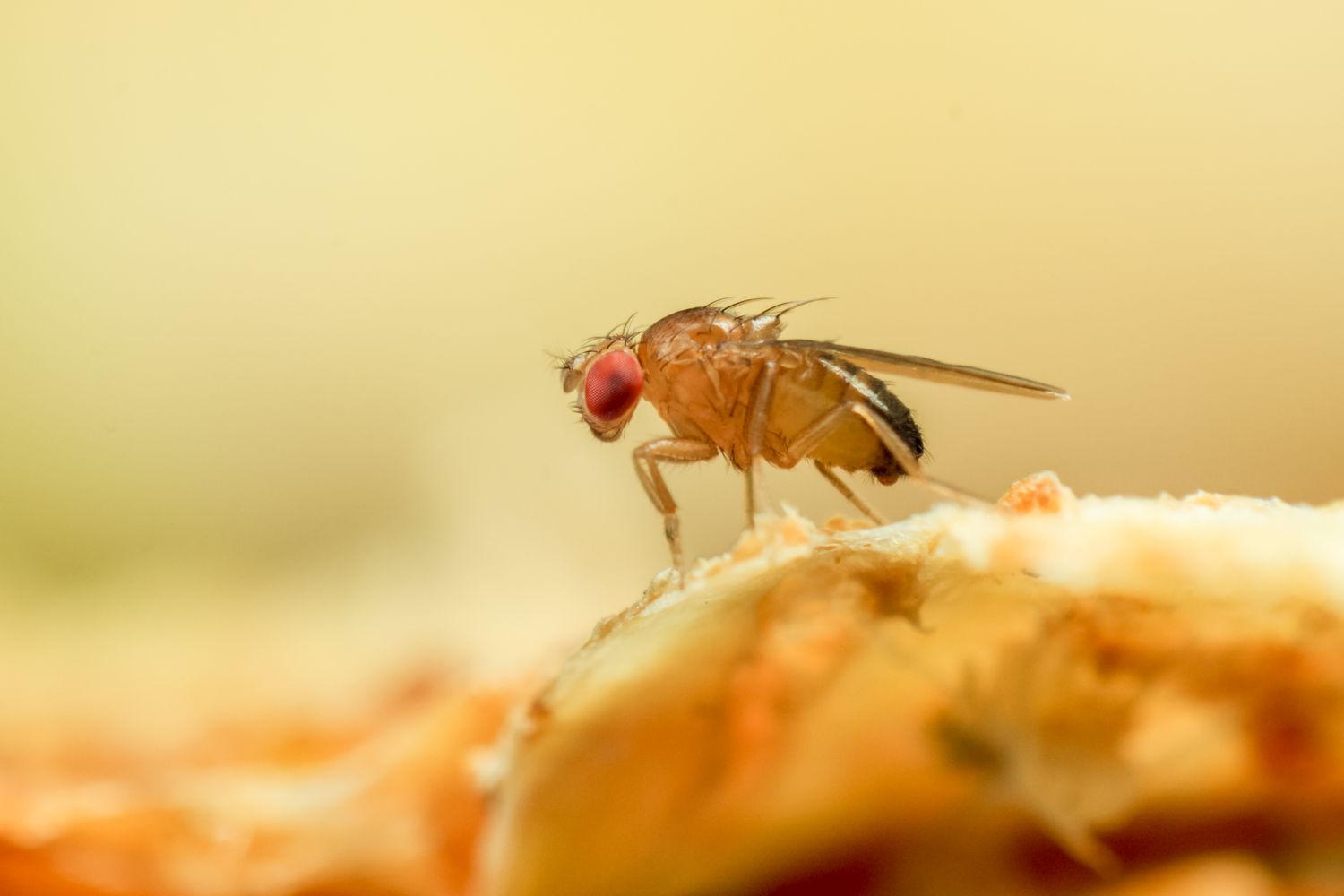
What exactly is a proboscis?
A proboscis refers to the elongated, tube-shaped mouthpart utilized by mosquitoes and various insects for the purposes of sucking or piercing.
When to Seek Professional Assistance
When dealing with indoor gnat and fly problems, the situation will probably improve once the source of their feeding or breeding is identified and eliminated. If you’re struggling to locate the origin of the gnats or flies, consider reaching out to a professional in integrated pest management for assistance in resolving the issue.
Where do gnats deposit their eggs?Female gnats deposit small eggs in damp organic matter, such as in drains or in potting soil.What are some quick methods to eliminate gnats?
The quickest method to eliminate gnats is by employing traps. These traps attract and capture gnats using substances like vinegar, wine, fruit, or adhesive paper.
Will gnats disappear by themselves?
Gnats won’t disappear by themselves if the attraction source is still present. Identify what is luring them in, take action to eliminate it, and the problem should take care of itself.
What scents are repulsive to gnats?
Gnats are repelled by various natural fragrances, including eucalyptus, citronella, lemon, peppermint, vanilla, and lavender.

